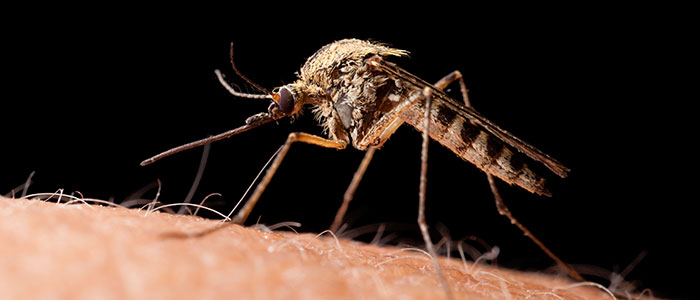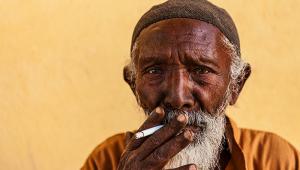In its annual review of efforts to reduce malaria infections and deaths, the WHO said that by 2020 funding for malaria treatment and prevention needs to hit $6.4bn per year. But in 2015, malaria funding reached just 45% of this target ($2.9bn).
The WHO warned that without a significant increase in funding, achievements so far will be put at risk.
“We’re definitely seeing progress,” said Pedro Alonso, director of the WHO Global Malaria Programme. “But the world is still struggling to achieve the high levels of programme coverage needed to beat this disease.”
In sub-Saharan Africa, for example, where the mosquito-borne infection remains a severe public health problem, there are substantial gaps in the coverage of key tools to control its spread.
In 2015, an estimated 43% of the population in the region still went without mosquito nets treated with insecticides or did not have the inside of their homes sprayed with these. This is however an increase from the 30% using nets in 2010
Similarly, in many countries under-resourced health systems struggle to treat the disease and remain out of reach for many of those most at risk of contracting the disease.
The WHO said there has been a five-fold increase in the percentage of women receiving recommended doses of preventative treatment in 20 African nations, with coverage now at 31% compared to 6% in 2010.
However in 2015, a large proportion of children (36%) with a fever were not taken to a health facility for care in 23 African countries.
Sub-Saharan Africa carries a disproportionately high share of the global malaria burden, accounting for 90% of all malaria cases and 92% of all deaths in 2015.
But the problem is a global one: around the world, there were 212 million new cases of malaria last year and 429,000 deaths.
Last year, countries around the world committed to work to end the epidemic in malaria by 2030 as part of the Sustainable Development Goals, agreed by world leaders in September 2015.
Many countries – at least 10 – have their own target to eliminate malaria by 2020. While the WHO said prospects for this target are bright, progress towards others must be accelerated.
According to its report, less than half (40) of the 91 countries and territories with malaria are on track to achieve a milestone to reduce malaria cases by 40% by 2020. It said progress was particularly slow in countries where the malaria burden was the highest.
Between 2000 and 2010, investments in fighting malaria saw a steep increase all over the world. But the WHO said maintaining sustained and sufficient funding for malaria was a “serious challenge”, and levels have since “flat-lined”.
Governments in malaria endemic countries provided around 31% of total malaria funding last year, while the biggest malaria funder, the US, accounted for 35% alone. The UK also committed a significant portion, at 16%.
But “if global targets are to be met, funding from both domestic and international sources must increase substantially”, the WHO stressed.














